Want to know how you can fix the ‘access was denied’ error on Google Driver?
Google Drive is one of the most popular cloud storage services in the world that is used by both businesses and individuals. It is fast, reliable, promotes ease of use, and allows for collaborative work.
Unfortunately, like any platform or service, Google Drive isn’t immune to unexpected issues and occasional errors.
One such error that users face on Google Drive is the ‘access was denied’ error. This error prevents you from viewing files on your drive, disrupting your day-to-day activities and transactions.
To help you out, we have decided to make a guide for fixing the ‘access was denied’ error on Google Drive.
Let’s get started!
1. Restart Your Computer.
Whenever you encounter problems with Google Drive or any service, the first thing you should do is restart your computer. This should reload your system resources and eliminate temporary errors that may have occurred during use.
For Windows:
- Press the Windows key on your keyboard to open the Start Menu.
- After that, access the Power Options tab.
- Finally, click Restart to reboot your system.
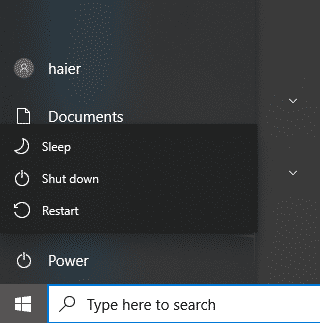
For Mac:
- Access the Apple Menu by clicking the Apple icon in the upper left corner of your display.
- Next, click on Restart on the drow down list.
- Lastly, click Restart again to confirm your action.
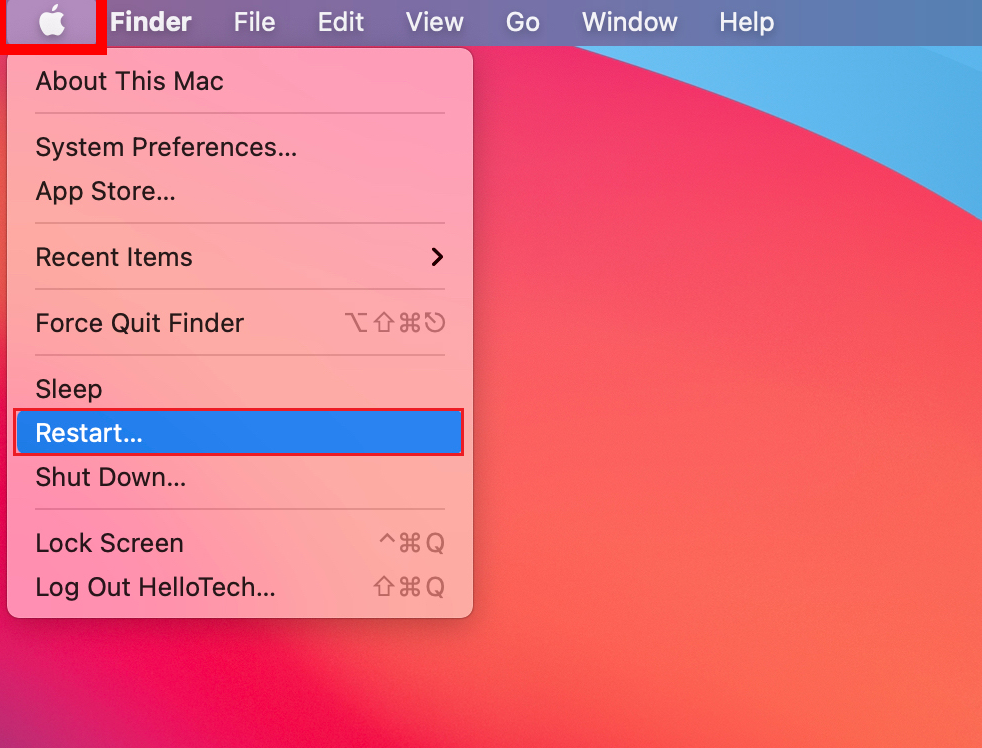
Once done, go back to Google Drive to check if the problem is solved.
2. Try Accessing Google Drive in Incognito.
Some users reported that accessing their Google Drive storage in incognito mode solved the ‘access was denied’ error. If you haven’t tried this workaround, we suggest doing so to see if it works on your end.
Here’s what you need to do:
- First, launch Google Chrome on your computer.
- After that, press the CTRL + SHIFT + N keys on your keyboard to open Incognito Mode.
- Go to Google Drive and log in to your account.
You should now be able to access your Google Drive account and all the files stored in it. If not, head to the next solution.
3. Check Google Drive Status.
Since Google Drive is a cloud-based storage service, it relies on servers to store and display your files. If the servers are down, the service may not work as it should, causing the ‘access was denied’ error.
In this case, you can visit Google’s dedicated status page to see if there are issues with the service.
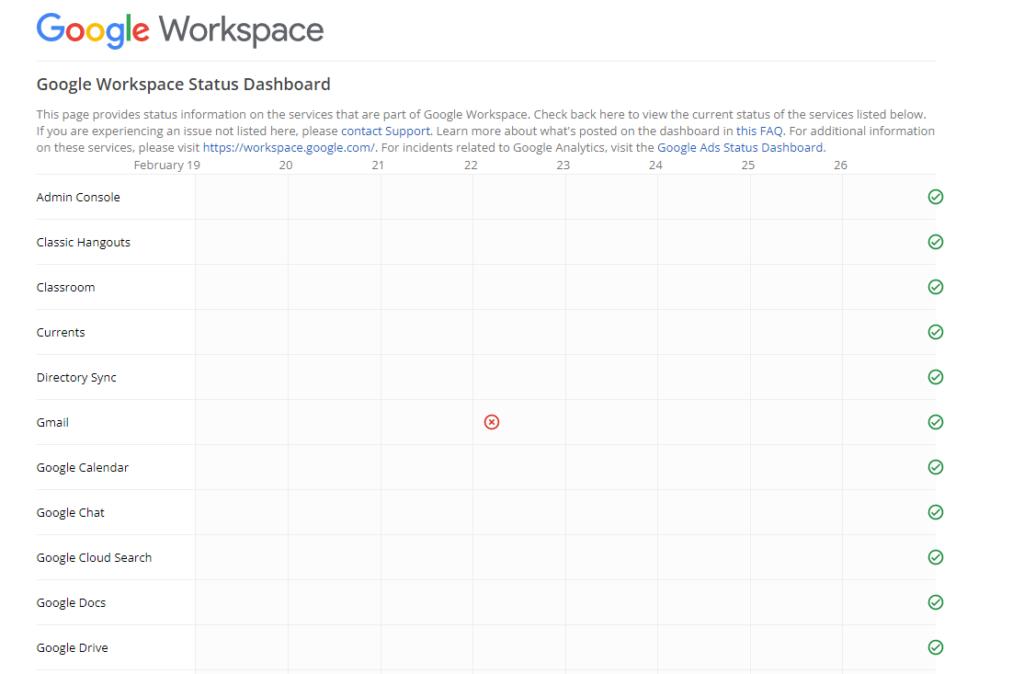
If the servers are offline or down, the best thing you can do is wait since server-related problems can’t be resolved on your end. On the other hand, you can head to the next step if there’s nothing wrong with the servers.
4. Clear Browsing Data.
You can also try clearing your browsing data if you still encounter the ‘access was denied’ error on Google Drive. This should clear your temporary caches and cookies and ensure that there are no corrupted files on your storage.
See the steps below to clear your browsing data:
- Launch your browser and head to Settings.
- Now, go to the Privacy and Security tab.
- Click on Clear Browsing Data afterward to open the console.
- Change the Time Range to All Time and check all the boxes below.
- Finally, click on Clear Data to start the process.
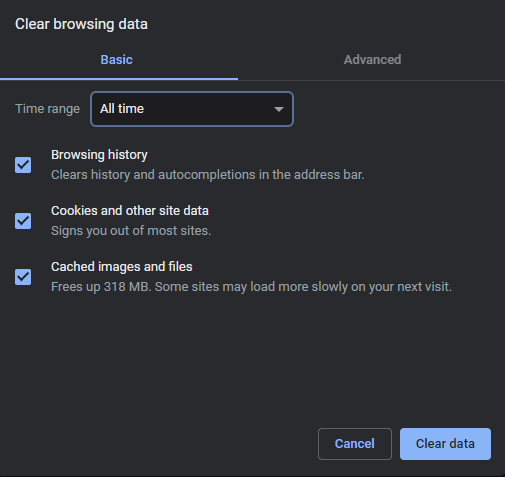
Log back into your Google Drive account and check if the problem is solved.
5. Disable Google Extensions.
Third-party extensions are mini-applications installed on your browser that provide additional features. While they work great on websites they support, they can also cause problems for other sites.
If you encounter problems accessing your Google Drive, try turning off your browser extensions. Here’s what you need to do:
- Go to your browser and click on More in the upper right corner.
- Now, open Settings and click on Extensions.
- Identify the extensions you’ve installed recently and disable them.
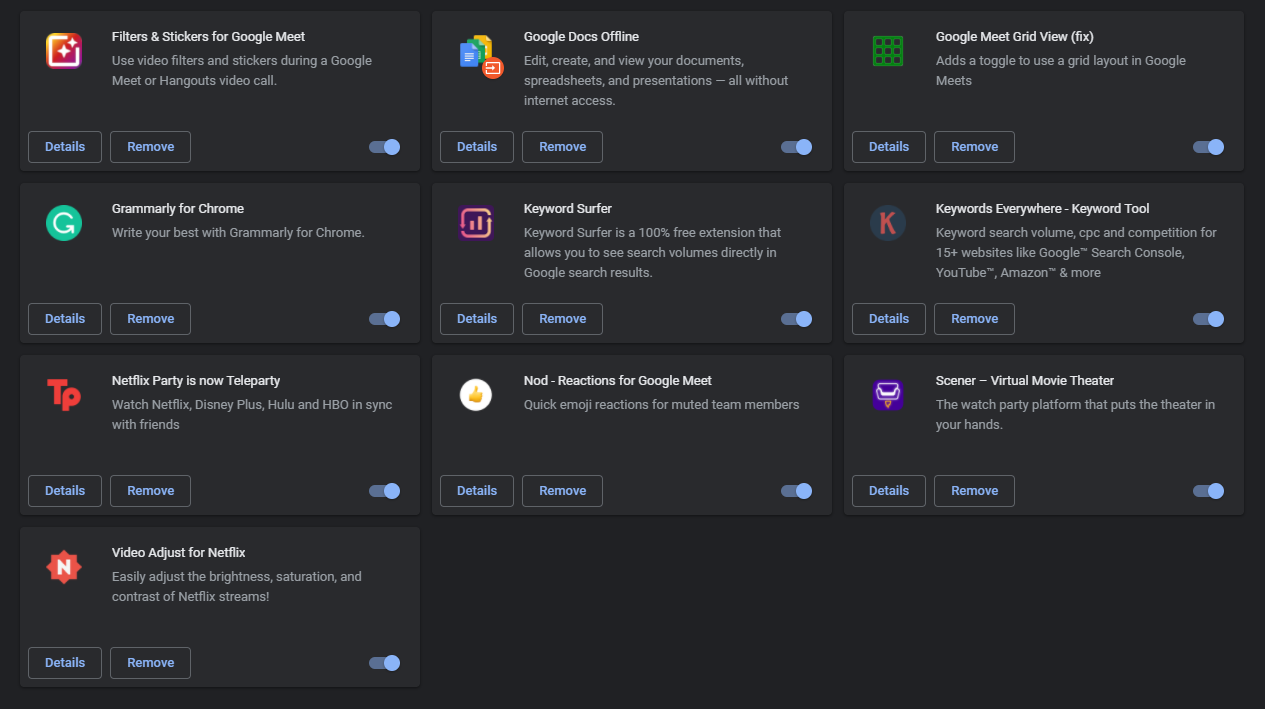
Restart your web browser and try using Google Drive afterward to confirm if the error message would still occur.
6. Check With the File/Folder Owner.
Google Drive allows users to set privacy on their files and folders. If you encounter problems accessing shared folders and files, check with the owner of the file if they’ve set the privacy on Google Drive properly.
Here’s what they should do to allow you to access their files:
- First, head to your Google Drive account and locate the file you want to share.
- After that, right-click on the file and click on Share.
- Under the ‘People with Access’ tab, change the role of the user you want to share the file with.
- Lastly, change the General Access option from Restricted to Anyone with the Link.
Once done, share the URL of the file and other users should be able to access it on their end.
7. Disable VPN.
Virtual private networks could also be the reason you can’t access files and folders on Google Drive. If this is the case, we recommend that you turn off any VPN you have on your device or network and try using Google Drive again.
If you keep experiencing issues with your current VPN, try using PureVPN instead. Compared to other services, it uses multiple protocols to ensure that it’s compatible with almost any site or application you use.
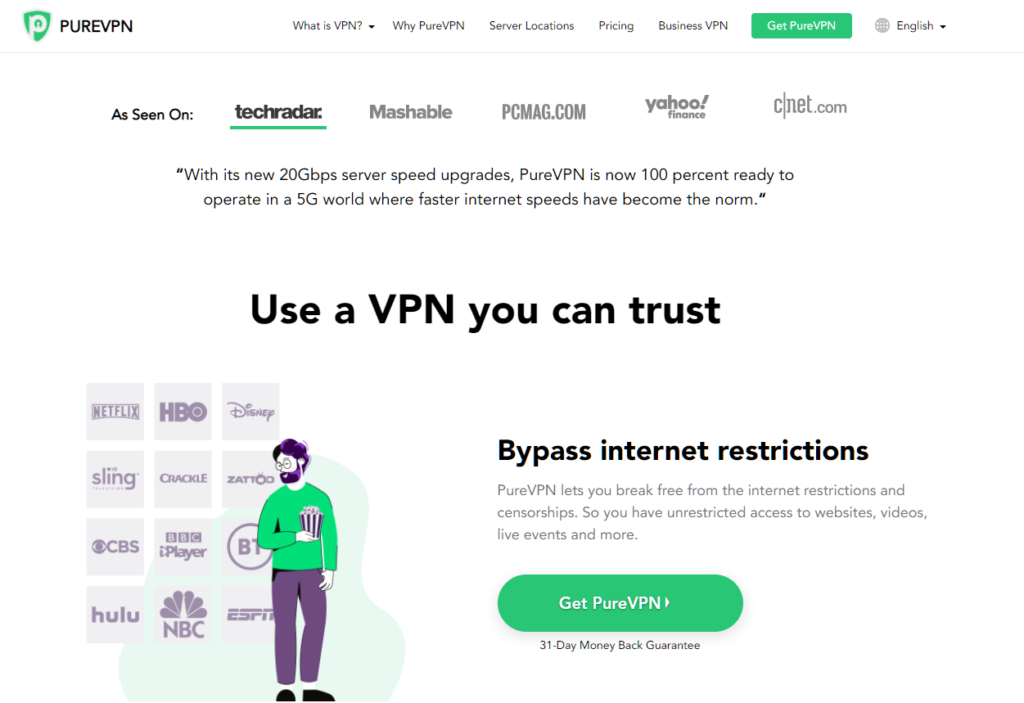
PureVPN also uses high-speed servers making it great for watching movies through streaming services such as Netflix and HBO Max.
8. Contact Google Support.
If none of the solutions above worked, the last thing you can do is report the problem to Google.
Head to Google’s support page and get in touch with a representative to report the issue you’ve been experiencing with your drive. Provide your account details, the browser you’re using, and other necessary information that can help speed up the process.
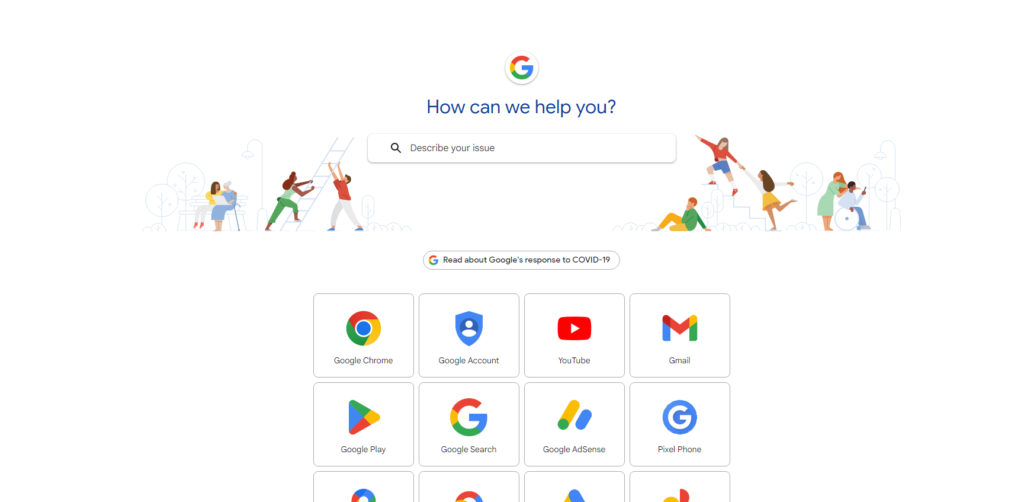
That sums up our guide on how to fix the ‘access was denied’ error on Google Drive. If you have questions, please let us know in the comment section, and we’ll do our best to answer them.
If this guide helped you, please share it. 🙂




